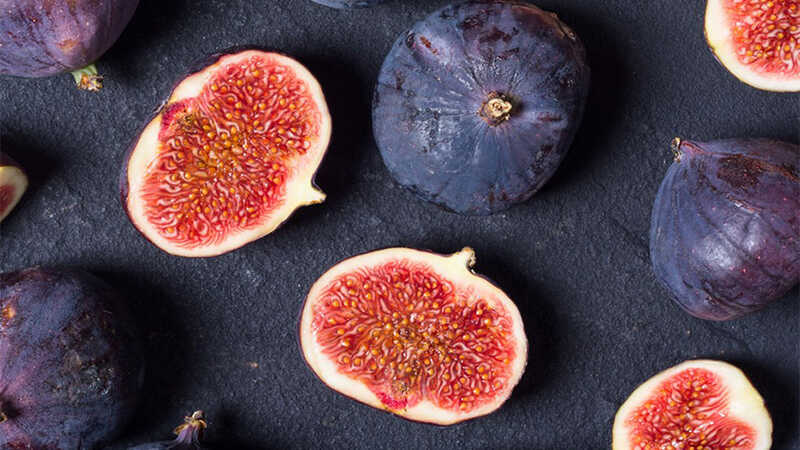The Ficus carica, or fig, is a powerful natural remedy for gallstones, a common ailment in traditional medicine. This fruit has cooling properties and is known for its ability to detoxify, reduce inflammation, and act as an antiseptic. Figs have a sweet and slightly astringent taste and are packed with beneficial nutrients such as vitamins A, B, and C, potassium, calcium, and iron.
Figs are particularly effective in softening and gradually dissolving gallstones, which are then eliminated through the body’s excretory system. Dried figs are especially beneficial for this purpose. According to herbalist Phan Văn Sang, the active compounds in figs react with gallstones, causing them to soften and disintegrate, allowing for their safe removal from the body.
It is important to note that the effectiveness of fig-based treatments may vary from person to person. In more severe cases, traditional fig-based remedies may only provide supportive care, and medical intervention from a doctor may be necessary.
Related: What is a post-cholecystectomy diet, and what foods should be included?
2 Two Effective Folk Remedies Using Figs for Treating Gallstones
Drink Made from Dried Figs

Ingredients: 200 grams of fresh figs
Directions:
Wash the fresh figs and pat them dry. Cut the figs into thin slices.
Heat a pan and gently toast the fig slices until they turn golden.
Transfer the toasted figs to a pot and add four cups of water. Bring the mixture to a boil.
Continue boiling until the water reduces to about one cup. Turn off the heat and strain the liquid to remove the fig pieces. Drink the fig water.
Divide the fig water into smaller portions and consume throughout the day after meals. Drinking too much at once may cause dizziness and fatigue.
Drink Combining Figs with Other Medicinal Herbs

Ingredients:
- 50 grams of dried figs
- 5 slices of ginger root
- 20 grams of Codonopsis pilosula (a type of herb)
- 12 grams each of Atractylodes lancea and turmeric
- 10 grams each of Smilax glabra, artichoke flower, Selaginella doederleinii, Lindera aggregata, and Artemisia capillaris
- 8 grams each of Polygonum aviculare, corn silk, and licorice root
Directions:
Chop the ingredients into small pieces and place them in a pot with 500 ml of water. Simmer over low heat. Continue simmering until the water reduces to about 200 ml. Strain the liquid and set the herbal mixture aside.
Add another 500 ml of water to the herbal mixture and simmer again. Reduce the liquid to about 100 ml and then strain it.
Combine the liquids from the first and second simmering processes. Divide the final liquid into 2-3 portions and consume throughout the day.
Important Considerations
The standard dosage for this treatment is 200 grams per day for adults with normal body weight. For children or those with lighter body weight, adjust the dosage accordingly.

The herbal mixture can be reused for multiple brews, similar to how tea leaves can be steeped multiple times. Simply add water and simmer again to create a weaker brew that can be consumed as a tea 2-3 more times to maximize the benefits of the medicinal herbs.
For those suffering from gallstones, it is important to avoid certain foods such as fatty meats, organ meats, and seafood. Instead, focus on consuming plenty of vegetables and high-fiber foods.
We hope that this information has provided you with a valuable folk remedy for treating gallstones using figs. While this natural approach can be beneficial, it is always advisable to seek professional medical care and combine it with hospital treatment for the best results.
Analyzing Distinctions Between Covid-19 and Seasonal Flu Respiratory Illnesses
Have you been feeling under the weather lately? It might be difficult to tell whether it’s Covid-19 or flu symptoms you are experiencing. Fortunately, there are a few identifying factors that can help us differentiate between these illnesses. In this article, we’ll discuss the key differences between Covid-19 and seasonal flu.







































